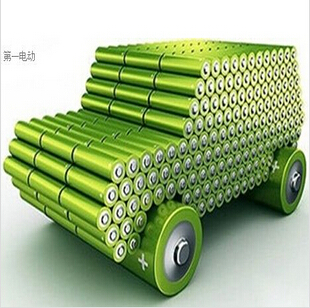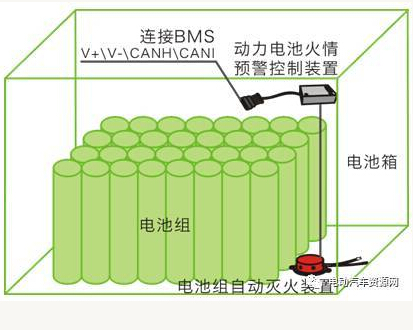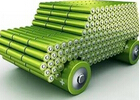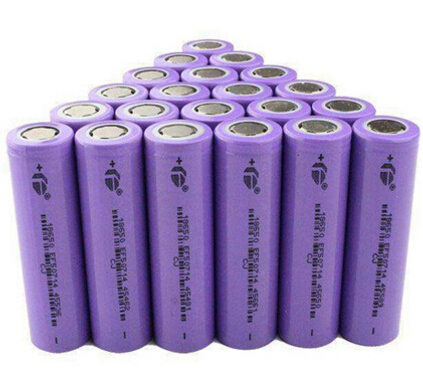As we all know, the current lithium iron phosphate is limited by the material's own performance and technology, and the energy density of the battery core cannot meet the requirement of 300Wh/kg in 2020. Currently, the energy density of mainstream ternary 523 batteries can reach 160-200 wh/kg, while Sanyuan 622 can reach 230 wh/kg, but it is difficult to achieve the 2020 target.
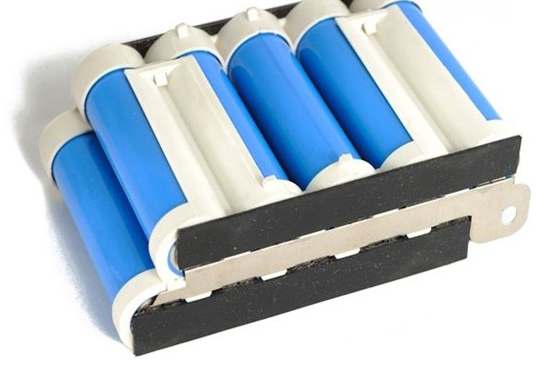
It is understood that the current domestic companies can achieve stable mass production of ternary lithium batteries are still based on 523 materials, some power battery companies can mass production of 622 material batteries. The gradual production of high nickel 811 materials also means that China's power battery industry is about to enter the age of high energy density. Industry experts said that by 2018, it will be the first year of mass production of high nickel 811 materials. At present, 811 materials are mainly mass-produced on mature cylindrical batteries, and will be gradually applied to square and soft pack batteries.
"It is expected that the national 811 shipments will be between 15,000 and 20,000 tons this year, of which Ningbo Jinhe has released more than 12,000 tons of production capacity. Due to higher cobalt prices, the price of 523 is 232.35 million yuan/ton, and the price of 811 is 26-27. RMB 10,000/ton, the price/performance ratio of 811 is more than 523. If the technology is mature, the downstream will switch to 811 as soon as possible.”
For a long time, the power battery industry has always had a dispute over the routes of lithium iron phosphate and ternary batteries. With the country's adjustment of new energy subsidy policies and changes in raw material market prices, the proportion of ternary materials in the market has continuously increased. However, BYD, which has always insisted on the lithium iron phosphate route, has been replaced by the Ningde era because of the lack of a three-way route layout. Instead, it took the Ningde era to replace the lithium iron phosphate and ternary dual routes, and other domestic power batteries. Companies have also joined forces in the layout of the ternary battery.
According to the “Mid-term and long-term development plan for the automotive industry” jointly issued by the Ministry of Industry and Information Technology, the National Development and Reform Commission and the Ministry of Science and Technology, it is clear that by 2020, the annual production and sales of new energy vehicles will reach 2 million, and the power battery cell energy density will reach 300Wh. Above the /kg, strive to achieve 350Wh/kg, the system energy density and strive to reach 260Wh/kg, the cost dropped to 1 yuan / Wh below. By 2025, new energy vehicles will account for more than 20% of automobile production and sales, and the energy density of power battery systems will reach 350Wh/kg.
As we all know, the current lithium iron phosphate is limited by the material's own performance and technology, and the energy density of the battery core cannot meet the requirement of 300Wh/kg in 2020. Currently, the energy density of mainstream ternary 523 batteries can reach 160-200 wh/kg, while Sanyuan 622 can reach 230 wh/kg, but it is difficult to achieve the 2020 target. Therefore, it is necessary to vigorously develop high-nickel ternary NCM 811 and NCA materials in the future.
“Quality reduction” is the main theme of the development of the power battery industry in recent years. In 2018, the market has been reshuffled and the phenomenon of industry concentration has further intensified. However, due to the imbalance in supply and demand, the prices of raw materials such as cobalt have been rising. As a result, many companies have accelerated the process of high-nickel and low-cobalt ternary materials to reduce production costs. Guoxuan Hi-Tech Co., Ltd.'s responsible person told the battery China Network that Guoxuan Hi-Tech will continue to increase the energy density of batteries and the proportion of nickel in ternary anode materials, thereby reducing the amount of cobalt metal per kilowatt-hour battery.
According to estimates, if the company uses 811 cathode materials, its battery manufacturing costs can be reduced by 6-8%. The market mature 18650 power battery uses 532 cathode material, the battery core capacity is 2.5AH, and uses 811 cathode materials, the capacity can reach 2.75AH. The use of 811 cathode material unit wh costs 0.39 yuan, while the use of 532 cathode material unit wh costs 0.414 yuan, the cost fell 6%. The weight of cathode materials using 811 individual cells decreased by 9%, while the corresponding costs for separators, electrolytes, and copper foils also decreased. After comprehensive evaluation, if the ternary cell produced by 811 material is used, the unit cost will drop by about 7%, and considering the PACK, the cost reduction of the integrated unit wh can reach more than 8%, and the drop is very significant.
In addition, because the energy density of the 811 material battery is relatively high, so the new energy car subsidy for the 811 material battery is also higher than the 622 and 532, so the comprehensive price of the high nickel battery has a considerable advantage.According to sources, the current domestic cylindrical 811 material battery has basically solved the technical problem. In 2017, a few cylindrical battery enterprises in China could apply the 811 material better, and the dosage reached 100 tons. The technology in 2018 Will be more perfect. In terms of soft packs and square large batteries, the 811 material battery technology may mature in 2019.
Batteries China Network believes that the high-nickel 811 material battery is a new type of technology, and some aspects of actual production and manufacturing are not yet mature. It also requires battery companies to continuously increase research investment and optimize products and processes. However, the mass production of some high-nickel 811 material batteries in 2018 showed that China's power battery industry has entered the era of high energy density is not far.
















 RCCN WeChat QrCode
RCCN WeChat QrCode Mobile WebSite
Mobile WebSite